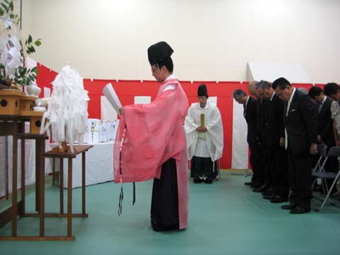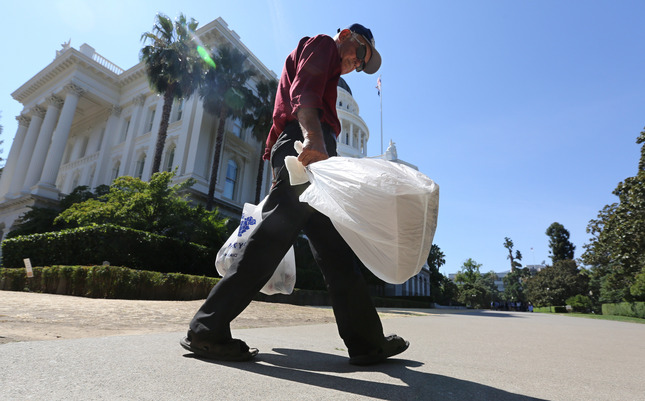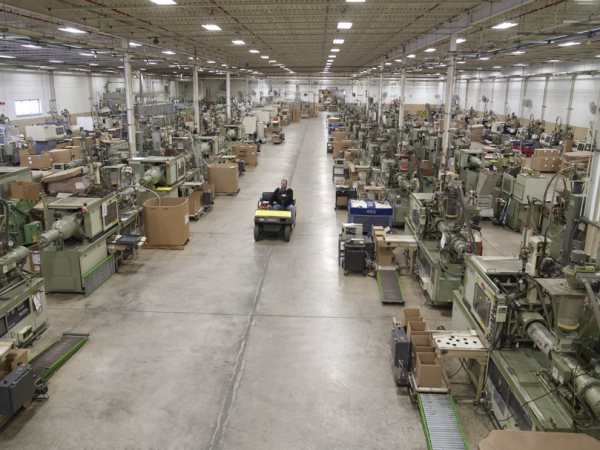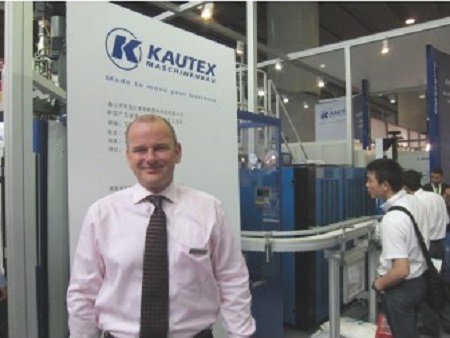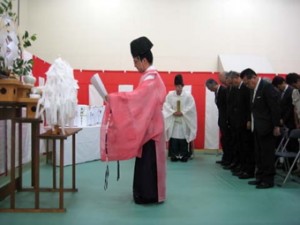
Supply of a biaxially oriented, porous extruded plastic film employed in rechargeable lithium-ion batteries has been boosted with the completion of a new facility in Nagahama, Japan by Mitsubishi Plastics, Inc. (Tokyo).
The plant will manufacture Sepalent film and is rated at production capacity of 15 million m2/year, more than doubling overall capacity for the film. Sepalent film manufactured at the 2.5 billion yen ($32 million) plant will now undergo quality testing to be certified by each lithium-ion secondary battery manufacturer, with commercial production slated for a launch in 2013.
The separator film for lithium-ion secondary batteries developed and manufactured by Mitsubishi Plastics is one of the four key components in its lithium-ion battery materials business, which is regarded as a “high growth business” field by parent company Mitsubishi Chemical Holdings. The separator is a porous film that allows the proper amount of lithium ions to pass through but prevents electrical shorts caused by the cathode coming into contact with the anode. The film also has a shutdown function as a safety switch in case of thermal runaway by closing the pores of the separator.
By making use of its material design and film-forming technologies, Mitsubishi Plastics has developed a highly-functional, cost effective separator with a long cycle-life and excellent output rate at low temperatures. Initial production of the separator film was launched in August 2009 at the Nagahama Plant (12 million m2/year capacity). Since then, the separator has been adopted for use in lithium batteries for mobile phones, power tools and laptop computers. The Company has also developed a high heat-resistant separator for hybrid and electric vehicles, for which demand is expected to grow significantly over the coming years. Under such circumstances, Mitsubishi Plastics decided to construct a new plant and install the second production line last year.

